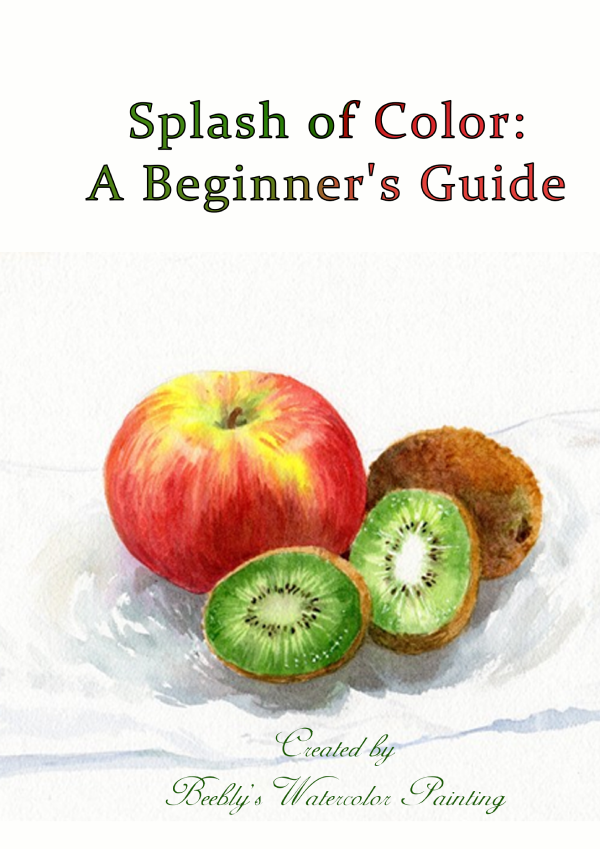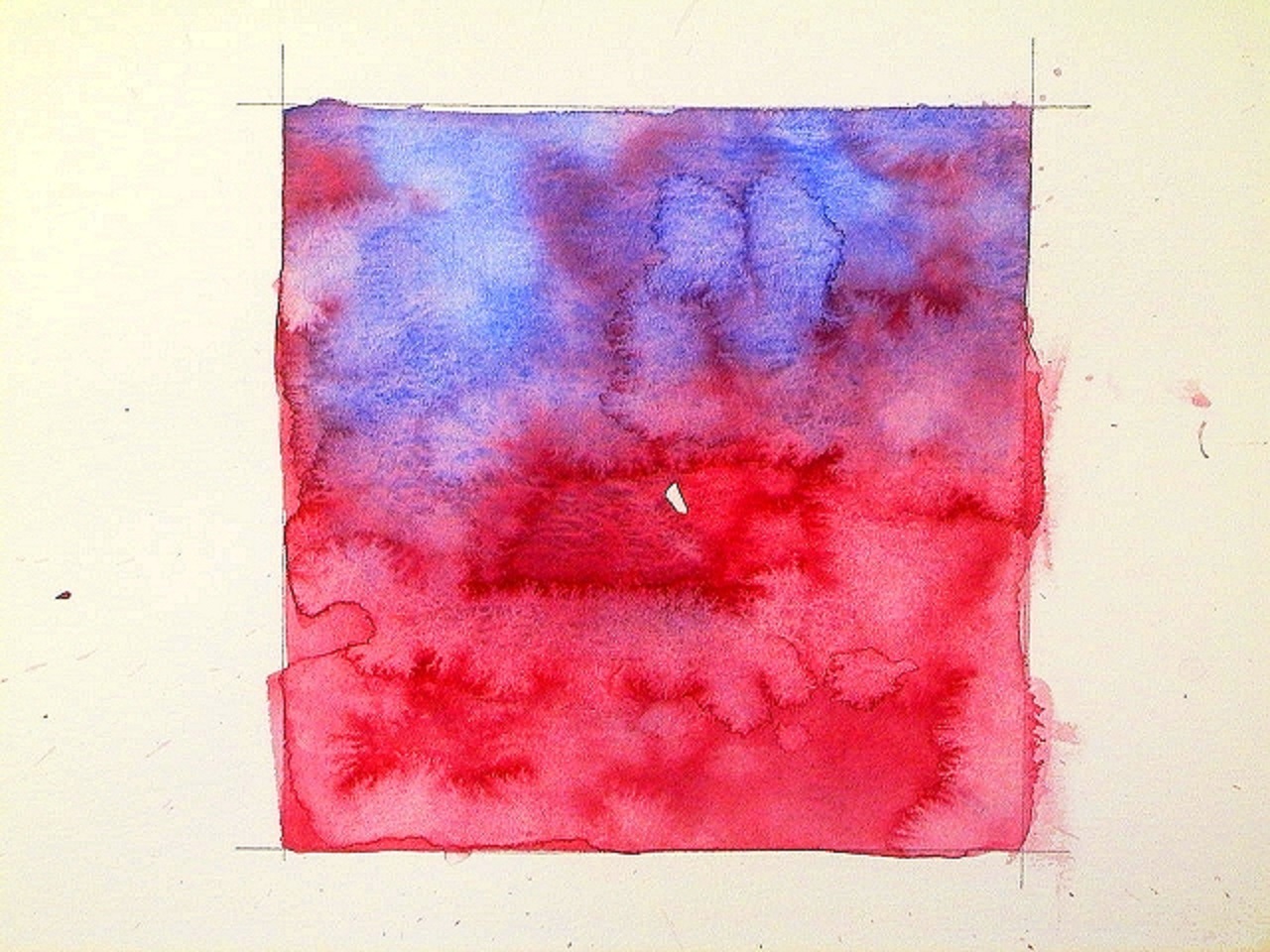
Here's a watercolor technique for painting interesting textures by dropping clean water onto your painting as paint dries.
Categories: Watercolor Lessons , Color Theory , Beginner Techniques
History of the Watercolor Industry Origins and Original Recipes Watercolor came to western artists in the late 1400s. Artists had to formulate, prepare and grind their own watercolor paint and tended to keep their secret recipes and methods to themselves. In the 18th century the first paint manufacturers set up shop in major european cities. They not only provided the basic pigments, resins and oils but found a market for ready made color pastes and other artist equipment. A famous example is an "herbal extract" shop in Paris that prepared the colors for Jean Baptiste Chardin when the artist's failing...
Categories: Watercolor Lessons , Beginner TechniquesPopular Compositional Themes As a pastime, watercolor legend Edgar Whitney inventoried and cataloged successful painting compositions. He weighed the primary visual masses by size and value as well as arrangement and came up with six visual themes that most successful paintings appear to fall into. As an aid for composing paintings, these themes were passed on to his students, including Tony Couch, who wrote about them in his book: Watecolor: You Can Do It!. What we have here are the symbols of first impressions of paintings. The vague shapes and values that first attract your eyes to interesting paintings have...
Categories: Watercolor Lessons , Beginner Techniques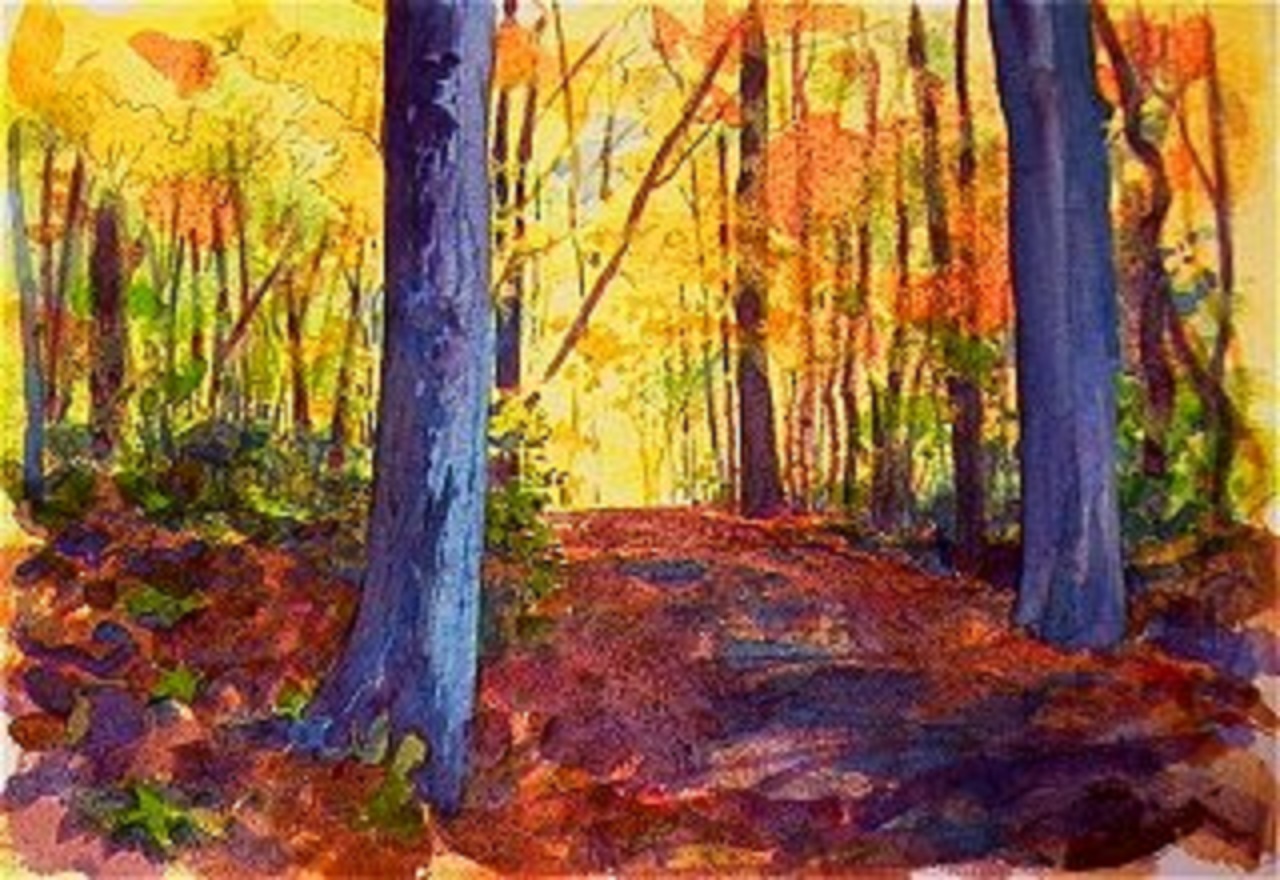
Want to test an idea on a painting without painting anything? Try this watercolor technique for sketching ideas on tracing paper atop a painting before committing.
Categories: Watercolor Lessons , Advanced Techniques
Everything you need to know about this watercolor technique for applying paint or water to wet watercolor paper.
Categories: Watercolor Lessons , Color Theory , Beginner Techniques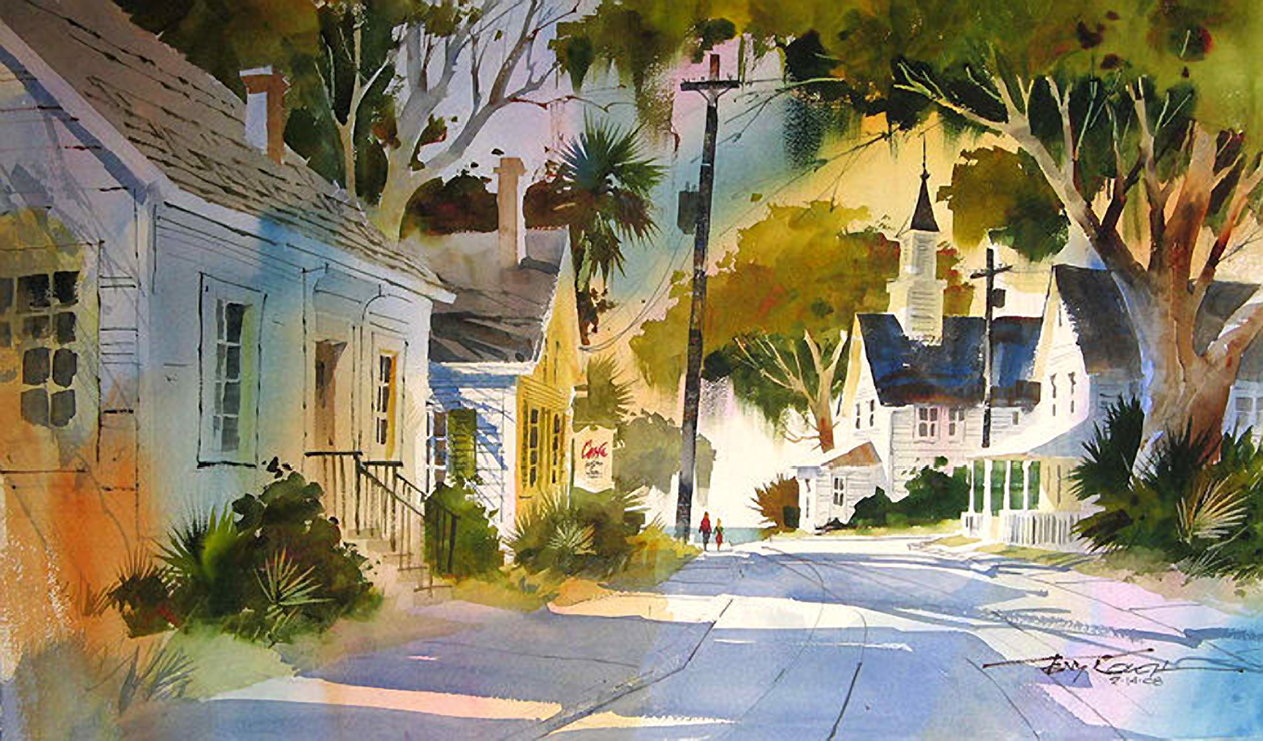
Cumming, Georgia "WATERCOLOR: You Can Do It!" by Tony Couch was first published in 1987 by Northlight Books. It quickly became the defacto textbook for watercolor instruction at many college art departments. In the 22 years since, he has brought inspiration and joy to thousands of students through his books, videos and watercolor workshops. He has also mentored many future art instructors, many of whom now proudly list attending “Tony Couch” workshops on their resumes. After receiving more than 70 national awards, authoring numerous best-selling instructional books, 10 "How To" videos and being included in exhibitions of the National Academy...
Categories: Artists in Action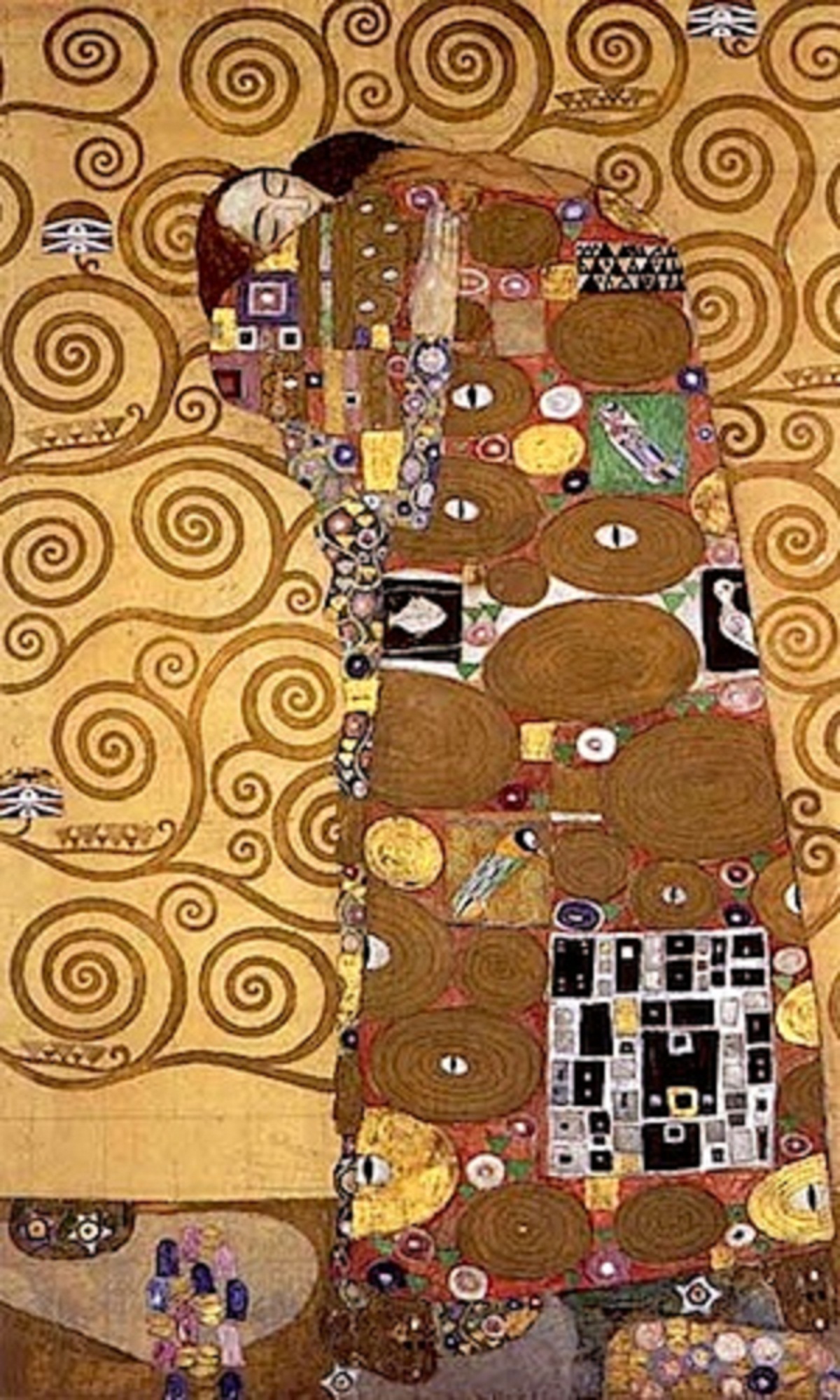
Design Principles and Elements: an aesthetic tapestry Look around you. Everything you see that is made by man is made by design. Our buildings, our transportation, our entertainment, the items we consume; everything is designed for a purpose. Some design is utilitarian, some is ergonomic, some informative, and a whole lot of design is aesthetic. Products are designed to please the eye and produce a reaction based on the "feel" the product evokes from the viewer/user. Artists do this every time a pencil is sharpened or a color is mixed. We are the designers. When you look through the catalog...
Categories: Watercolor Lessons , Beginner Techniques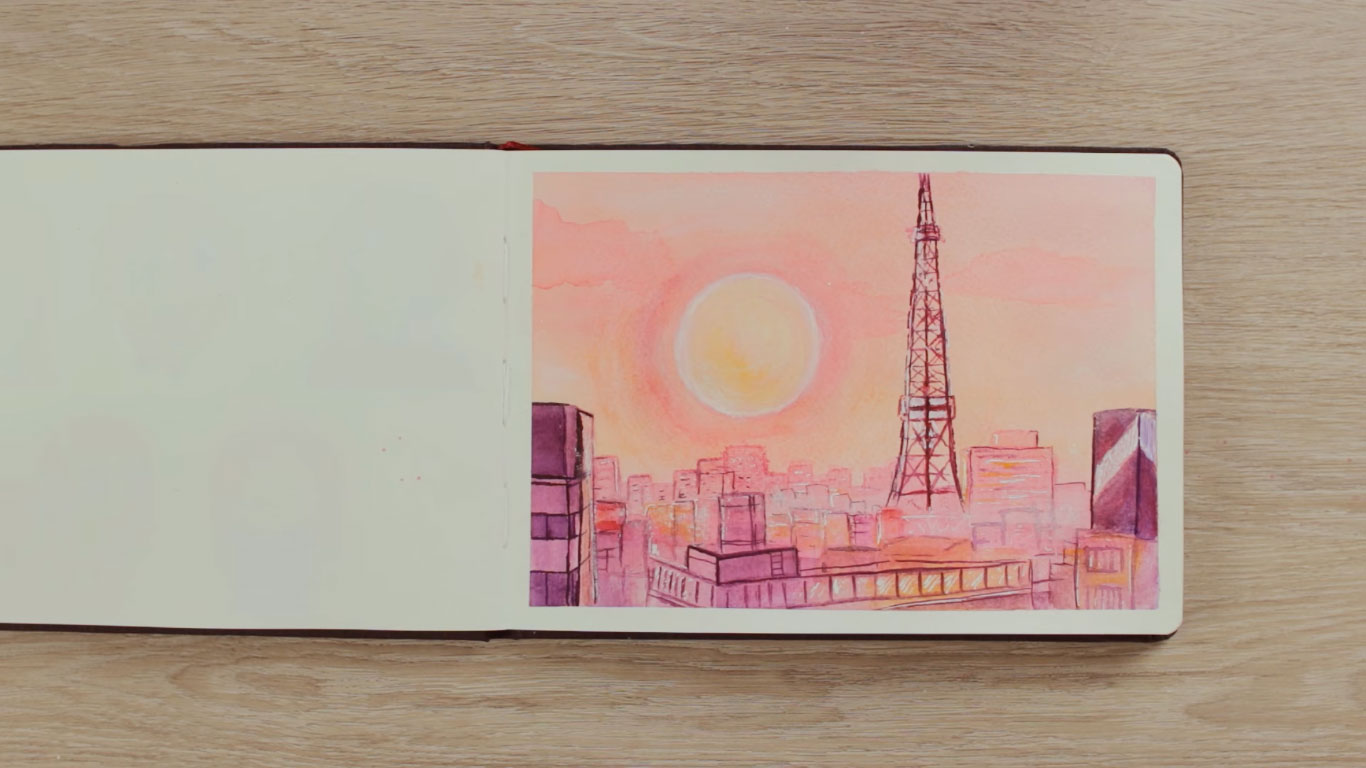
Summer's here, which means it's time to warm up our watercolor palettes! In this tutorial, you'll learn how to paint a dreamy sunset cityscape inspired by a scene from the famous anime "Sailor Moon".
Categories: Intermediate Techniques , Step-By-Step Lessons


